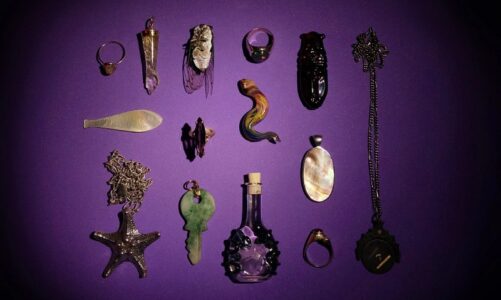When it comes to purchasing a Persian carpets, there are a few key factors you should keep in mind in order to ensure you’re making the best decision for your home.
The Knots Per Square Inch
One of the most important things to look at when purchasing a Persian carpet is the knots per square inch (KPSI). This number will give you an indication of the quality of the carpet – generally, the higher the KPSI, the better the quality. If you’re looking for a high-quality carpet that will last for many years, look for one with a KPSI of at least 500.
The Material
Persian Carpets are typically made from either wool or silk – both of which are high-quality materials that will last longer if properly cared for. Wool is typically more durable than silk, but silk carpets tend to be softer and more lustrous. Ultimately, it’s up to you to decide which material is best suited to your needs and preferences.
Is The Dye Natural or Synthetic?
Persian Carpets can be dyed using either natural or synthetic dyes – each with its own set of benefits and drawbacks. Natural dyes tend to be more expensive and can fade over time if exposed to direct sunlight, but they provide a richer and more vibrant color palette than synthetic dyes. Synthetic dyes, on the other hand, are less expensive and won’t fade as easily – but they don’t provide as rich of a color palette as natural dyes. Ultimately, it’s up to you to decide which type of dye is best suited to your needs and preferences.
Maintenance for Your Persian Carpet
As one of the most delicate types of carpets, Persian carpets require special care and attention when it comes to maintenance. Although vacuum cleaners with rotating brushes can be used on other types of carpets, they should never be used on a Persian carpet as they will damage the fibers. Instead, you should use a hand-held vacuum cleaner or a vacuum cleaner with suction only.
To remove dust and dirt from your Persian carpet, it is best to hang it outside and beat it with a carpet beater or an old pillowcase. This should be done every few months, or more often if the carpet is located in a high-traffic area.
If your Persian carpet becomes stained, it is important to act quickly and blot the stain with a clean, dry cloth. Once you have blotted the stain, you can gently scrub it with a mild soap and water solution.
How Are Persian Carpets Made?
The carpets are woven with natural dyes and usually feature geometric designs. In recent years, the production of Persian carpets has declined due to the dwindling demand. The methods used to create these carpets have remained largely unchanged for centuries.
The first step in making a Persian carpet is spinning the yarn. The yarn is then dyed and finally woven into the carpet. The most important part of making a Persian carpet is knotting. The knots are what gives the carpet its strength and durability. Once the knots are in place, the carpet is sheared to create a uniform surface. Finally, the fringe is added to give the carpet a finished look.




